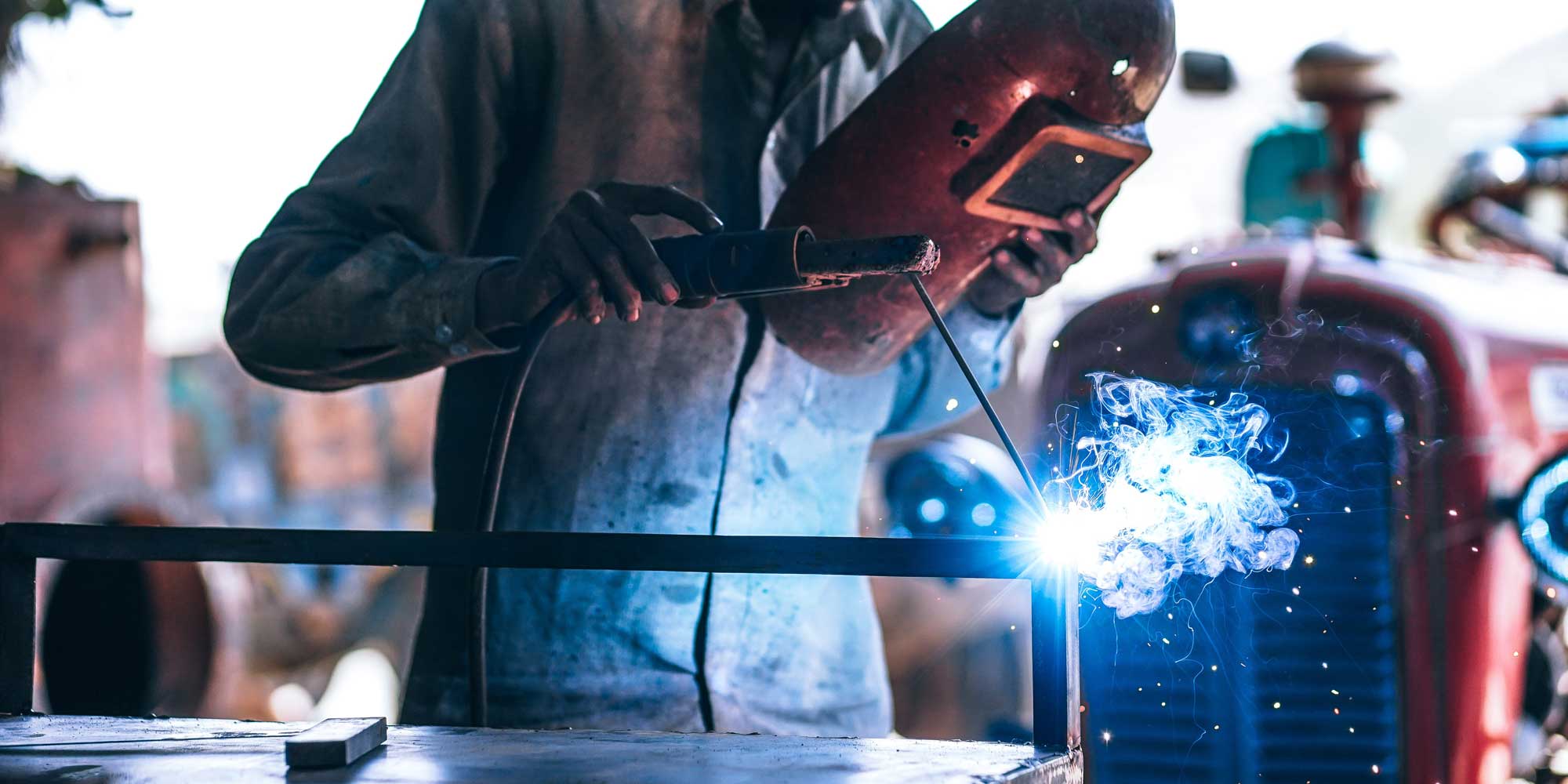310/310S stainless steel is a heat-resistant or high temperature resistant Austenitic stainless steel, which features very good oxidation resistance performance under high temperature. The oxidation resistance of austenitic stainless steel can be estimated by the chromium contained within. The high temperature resistant alloy contains at least 20% chromium (by weight). Replacing the iron component with a nickel component can also enhance alloy properties at elevated temperatures.

Background Information
In most cases, alloys are likely to undergo a certain degree of chemical reactions with the surrounding environment. The most commonplace is "oxidation", which occurs when a metal element combines with oxygen to form an oxide. Stainless steel, however, embodies anti-corrosion performance thanks to the chromium contained within. During the local oxidation of the chromium a very stable oxide (Cr2O3 chromium oxide) can be formed. So long as the alloy contains sufficient chromium, a continuous layer of chrome oxide green will get formed on the alloy surface to prevent the formation of other oxides and protect the metal. As the scale gets thicker, the oxidation rate will decrease significantly. This process is known as passivation, the process of forming a passivation film.
Oxidation Resistance Performance of 310/310S Stainless Steel
310/310S is a high alloy material and therefore has a very good oxidation resistance. The oxidized 310/310S alloy sample will have an increased weight because a certain amount of oxygen is combined into the oxide film of the product. One way to caliber the oxidation resistance performance of an alloy is to expose the metal to high-temperature environment for a specific period of time and then measure the change in its weight. The more the weight increases, the more severe the surface oxidation.
During the oxidation process, 310/310S stainless steel has its chromium stay in the scale taking the form of chromium oxide. When the scale peels off, the rest metal that has not get oxidized will become exposed. With the formation of new chromium oxide, the alloy oxidation rate rises temporarily. When the spalling of the scale reaches to such a degree that the reduced chromium content leads to decreased heat resistance, iron oxides and nickel oxides will increase rapidly. This phenomenon is known as crack oxidation. High temperature oxidation may result in scale volatilization. Initially, Cr2O3 will get formed on the surface of the heat-resistant stainless steel as the chromium oxide. As the temperature increases higher and higher, the chromium oxide on the surface will be further oxidized to CrO3 of high vapor pressure. At this point, the oxide undergoes two phases: 1) the thickened scale through the formation of Cr2O3, and 2) the thinned scale through the evaporation of CrO3. Ultimately, the scale will remain a constant thickness by striking a balance between the thickened scale and thinned scale above mentioned.
Contact
CIVMATS produces stainless steel products, such as pipes & fittings, bars. If you are in demand, please contact us:
- Company: CIVMATS CO., LIMITED
- Phone: 86-519-81809659
- Fax: 86-519-81809959
- Email: [email protected]
- Address: 10th Floor, Xin Cheng Nan Du, Wujin District, Jiangsu, China
- Website: www.civmats.com

